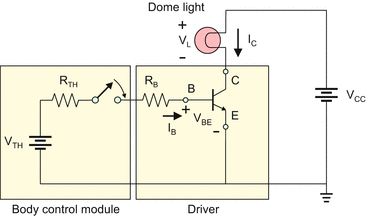


If we draw the reverse ratio, it will cross with the original curve in the operating point Q, which indicates the dynamic resistance.Īs the BJT may work in the regime of the current amplification, when the collector current is the function of the base curent, so the BJT may be useful for the Darlington scheme, where one transistor amplifies the current and another transistor amplifies the already amplified current. The function of a collector current I C vs base-emitter voltage V B E reminds the current-voltage characteristics of the diode. The current –voltage characteristics for Toshiba BJT 2SC5198 This parameter shows how close our transistor is to an ideal one. If we prolong the tangent to the curves to the left, they will finally cross and we will get the early voltage point. the transistor acts like a current source. T he third region here is active or linear, where the collector current I C is constant for different levels of current-emitter voltage V CE, i.e. It is better not to use the device in this region. The s aturation region commences when the collector-emitter voltage V C E is less than the base voltage V B – this region is non– linear. The cut-off region occurs when the collector current is very close to zero and changes non– linearly. This curve I Cvs V c E is measured at a certain level of base current I B. Figure 1 shows the family of curves for the power BJT that indicate the operating regions of the BJT (saturation, active and cut-off region). collector-emitter voltage, collector current vs base-emitter voltage). The datasheet also shows several curves like the current-voltage curves (collector current vs. It is made for the designer to use the power BJT in a safe mode, maintaining it’s reliability, avoiding failures due to the avalanche mechanisms, contacts evaporation and other degradation mechanisms.įor example, the static characteristics of the Toshiba npn power Bipolar Junction Transistor, 2SC5198 are mentioned in the table of maximum ratings, and are collector-base voltage, collector-emitter voltage, emitter-base voltage, collector and base current and power dissipation characteristics. These characteristics are usually described in the datasheet as maximum ratings. The power BJT static characteristics determine the safe operational regime of the device.


 0 kommentar(er)
0 kommentar(er)
